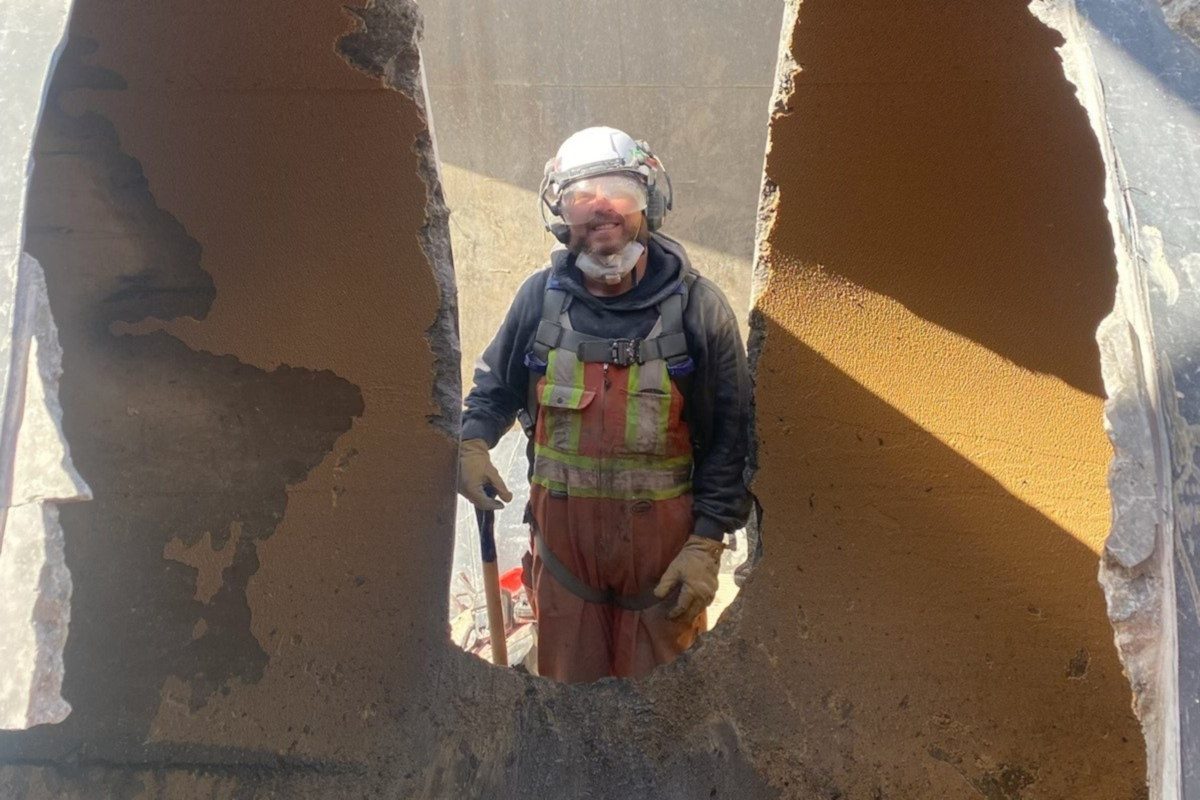
Five Things to Remember about Digging Safely
When planning a bore or dig, having a smooth and safe dig is the priority. It’s essential to start with mapping out and understanding the full scope of the underground infrastructure before any earth is moved. Identifying gas lines, sewer lines or anything else you don’t know about helps crews properly plan their start and finish holes in a way that ensures no other lines get damaged in the process.
More importantly: This type of planning helps to reduce the risk of serious safety issues that can result from damaged utility lines.
Today’s utility locating equipment can give you highly accurate visibility into cross bores with gas lines, helping you avoid potentially dangerous and life-threatening scenarios before you dig. They can also provide you with a map of utility lines for future reference, saving time on future jobsites. Be sure you are allotting enough time to locating before beginning any dig to enhance the project’s safety.
RELATED: Ground Penetrating Radar and the Importance of a Multi-Method Utility Locating Toolkit
Here are five things to remember when locating:
1. Select the Right Tools
Considering the best type of equipment for the jobsite – a locator, transmitter and induction clamp are some of the most popular tools. Locators with easily readable screens and a high-quality transmitter with multiple frequencies for accurate readings are essential. A quality locator should provide enough detailed information that allows you to be confident in underground lines. Regardless of locator, a high-quality transmitter is your most important piece of equipment. Having ample power to illuminate poor conductors is necessary, but it is not all about power. You want the ability to select a wide range of frequencies and power levels to tailor the signal to the environment. You will also want to invest in an induction signal clamp to safely energize conduits you might not want to directly connect to and a hot stick to safely add the induction clamp.

2. Understand Tool Functionality and Environment
Whatever locating equipment you are using, understanding their functionality and the procedure for locating different types of lines is important. The types of tools may not change from jobsite to jobsite, but the process will. For example, some buried lines cannot be tracked if you cannot directly connect a transmitter to charge the line. Awareness of your environment is also a key factor in successful locating and begins with being knowledgeable about the infrastructure and industry you are working in. Understanding the types of transmission materials and their joining methods is important to determining how you get a good traceable circuit. You must remember that locating a utility line requires locating moving electrons on a conductor. How efficiently those electrons move determines the strength of field you must locate and its accuracy. Soil conditions, the existence and/or quality of far end ground, and the conductor itself all play roles. For example, dry sandy soil often does not create a proper circuit. Pouring water around the ground stake can improve the circuit. Sometimes, using a larger grounding stake than the one provided with most transmitters improves the circuit.
RELATED: Raising Awareness and Preventing Cross Bores
3. Take Your Time and Check for Accuracy
It is essential to take your time locating. Ensure your equipment is working properly and that you have located the entire project area. Lines that are mislocated due to an operator not paying attention puts others at risk for injury. Carpenters say, “measure twice, cut once”; for you, it’s locate twice, dig once to avoid mistakes. Locating is only as effective as the tool is accurate. At the start of each locate it is also important to double-check the tool’s accuracy, even if it was working properly at the last job. To do this, raise the locator a known distance and confirm it is reading the appropriate distance. For example, putting the antenna on your boot or shoe is a simple way to confirm accuracy. Always mark your poles before you mark the equator. This helps determine the direction of the line as well as the pitch and slope. Knowledge of these is important because it ensures accuracy and helps confirm the underground map of the utility infrastructure.

4. Trust your instincts
Personal knowledge of the plumbing and utility infrastructure of the jobsite cannot be discounted. The skills acquired in the field are just as important as the tools being used. The equipment is only as good as the operator. Trust the instrument to do its job and confirm or negate personal assumptions. Combining personal experience and instincts with the locator’s readings will determine where a utility is located.
RELATED: PRO Tips & Product Showcase – Utility Locators
5. Continue Learning
It is important to stay up to date on industry standards whether that is by reading articles, attending tradeshows, or taking classes to improve your locating technique. For example, Nulca promotes professional locating, providing accreditation and training opportunities. Becoming a member of Nulca or another industry organization can help you in learning new locating skills and connecting you with other locating professionals.
Safe digs begin with locating. Utilizing these locating best practices will go a long way in enhancing jobsite safety and help to improve accuracy and productivity to keep jobs on time and budget.
Colin Stipe is the product manager of diagnostics, inspecting and locating for RIDGID, a part of Emerson’s professional tools portfolio that also includes the Greenlee brand.




